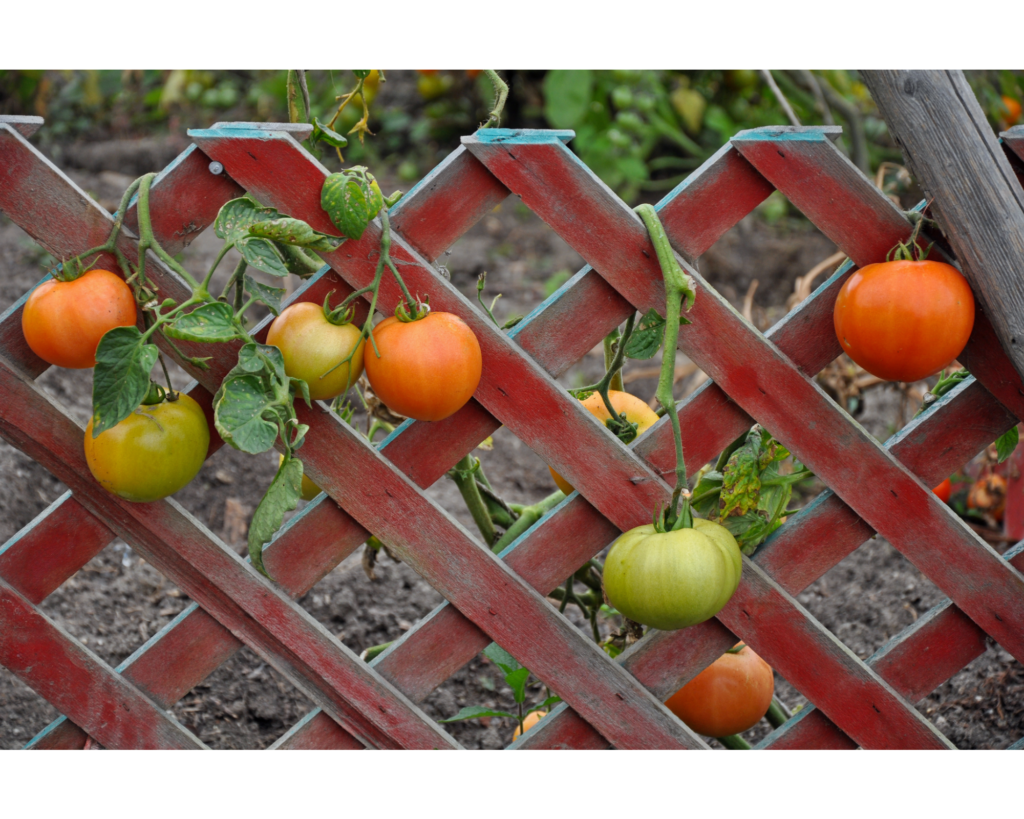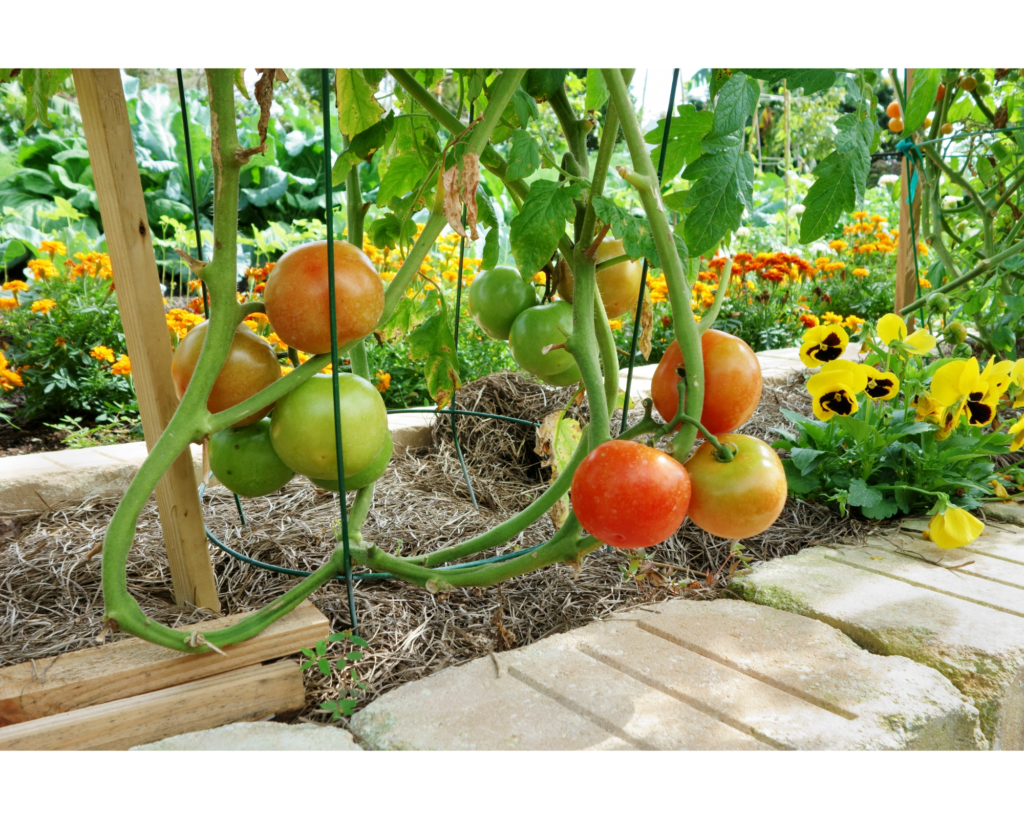Tomatoes are a delicious and nutritious fruit that can be grown in a wide range of environments, including indoors. While traditional red tomatoes are the most common variety grown indoors, yellow tomatoes offer a unique and tasty alternative. In this article, we will explore the steps required to successfully grow yellow tomatoes indoors.
Table of Contents
Choose the Right Variety
The first step in growing yellow tomatoes indoors is selecting the right variety. There are many different types of yellow tomatoes, and some are better suited to indoor growing than others. Two popular varieties for indoor growing are the Yellow Pear and the Golden Jubilee.
Yellow Pear
The yellow pear tomato is a small, teardrop-shaped tomato with a bright yellow skin and a sweet flavour. It is a popular heirloom variety that is easy to grow and produces a high yield. The plant is indeterminate, meaning it will continue to grow and produce fruit throughout the growing season. The yellow pear tomato is a versatile ingredient in the kitchen, great for salads, sauces, and canning. Overall, it is a delicious and colourful addition to any indoor garden.
Golden Jubilee
The golden jubilee tomato is a bright yellow tomato that is known for its meaty texture and sweet flavour. It is a large, beefsteak tomato that can weigh up to one pound. The plant is indeterminate and can grow up to six feet tall (1.8 metres), producing a high yield of fruit. The golden jubilee tomato is a popular variety for slicing and using in sandwiches, salads, and other dishes. It is also a great tomato for canning or making into sauces. Overall, the golden jubilee tomato is a delicious and versatile tomato that is a great addition to any indoor garden.
Select a Suitable Container
Once you have selected the right variety of yellow tomato, the next step is to choose a suitable container. Tomatoes require plenty of room to grow, so you will need a container that is at least 18 inches deep (45 centimetres) and wide enough to accommodate the tomato plant. You can use a variety of containers for growing yellow tomatoes indoors, including plastic pots, ceramic pots, and even recycled containers such as buckets or milk cartons. Whatever container you choose, make sure it has adequate drainage holes to prevent water from pooling in the bottom of the container.
Choose the Right Growing Medium
Yellow tomatoes require a nutrient-rich growing medium to thrive. While you can use soil from your garden, it is often better to use a high-quality potting mix designed specifically for indoor gardening. These mixes are formulated to provide the right balance of nutrients, drainage, and moisture retention. When selecting a potting mix, look for one that contains a mixture of peat moss, vermiculite, and perlite. This combination will provide the right balance of moisture retention and drainage.
Provide Adequate Light
Tomatoes require plenty of light to grow, and indoor plants often do not receive enough natural light. To ensure that your yellow tomatoes receive adequate light, place them near a south-facing window or use artificial grow lights. If you are using artificial grow lights, make sure they are positioned at the appropriate distance from the tomato plant. Too much light can cause the leaves to burn, while too little light can cause the plant to grow tall and spindly.
Water and Fertilise
Yellow tomatoes require consistent watering and fertilisation to grow healthy and strong. Water your tomato plants regularly, being careful not to overwater or underwater them. Allow the soil to dry out slightly between watering to prevent root rot. Fertilise your yellow tomatoes with a balanced, water-soluble fertiliser every two weeks. Look for a fertiliser with equal parts nitrogen, phosphorus, and potassium. This will help promote healthy growth and fruit production.
Prune and Support
As your yellow tomato plant grows, it will need to be pruned and supported. Pruning will help keep the plant compact and promote the growth of new fruit-bearing branches. Use a clean, sharp pair of pruning shears to remove any yellow or diseased leaves, as well as any branches that are growing too close together, in order promote the growth of new fruit-bearing branches. Supporting your yellow tomato plant with stakes, a trellis, or a tomato cage will keep it upright and prevent it from toppling over as it grows. With proper pruning and support, your indoor yellow tomato plant will thrive and produce a bountiful harvest. You can also use a tomato cage to support the plant as it grows.


Pest control measures
Yellow tomatoes, like any other tomato variety, can be susceptible to a range of pests that can damage the plant and reduce its fruit yield. Here are some effective pest control methods for yellow tomatoes:
- Handpicking: One of the easiest and most effective ways to control pests is by handpicking them off the plant. This works well for larger pests like caterpillars, snails, and slugs.
- Neem Oil: Neem oil is a natural insecticide that can be used to control a wide range of pests, including aphids, whiteflies, and spider mites. Simply mix a few drops of neem oil in water and spray it on the leaves and stems of your yellow tomato plant.
- Insecticidal Soap: Insecticidal soap is another natural insecticide that can be used to control pests like aphids and spider mites. Simply spray the soap solution on the leaves and stems of the plant.
- Beneficial Insects: Encouraging beneficial insects like ladybugs, lacewings, and parasitic wasps can help control pests like aphids and whiteflies.
- Companion Planting: Planting companion plants like marigolds, basil, and garlic around your yellow tomato plants can help repel pests (e.g. aphids) and reduce the likelihood of an infestation.
- Crop Rotation: This involves rotating your crops each year to prevent pests and diseases from building up in the soil. Avoid planting tomatoes in the same spot each year.
- Regular Inspections: Regularly inspect your yellow pear tomato plant for signs of pest infestations. Catching pests early can help prevent them from causing too much damage to the plant.
By implementing these pest control methods, you can keep your yellow tomato plant healthy and productive, and enjoy a bountiful harvest.
Conclusion
Growing yellow pear tomatoes indoors can be a rewarding experience, as they are easy to grow and produce a bountiful harvest. However, like any plant, they can be susceptible to pests and diseases. It is important to take proactive measures to prevent and control pest infestations, such as handpicking, using natural insecticides, encouraging beneficial insects, companion planting, crop rotation, and regular inspections. By following these pest control measures, you can enjoy a healthy and thriving yellow pear tomato plant that will provide you with delicious and nutritious fruit.


